Field notes from space-time | We’re only just grasping how cosmic black holes and Einstein’s theories relate – and that deepens our sense of wonder, says Chanda Prescod-Weinstein.


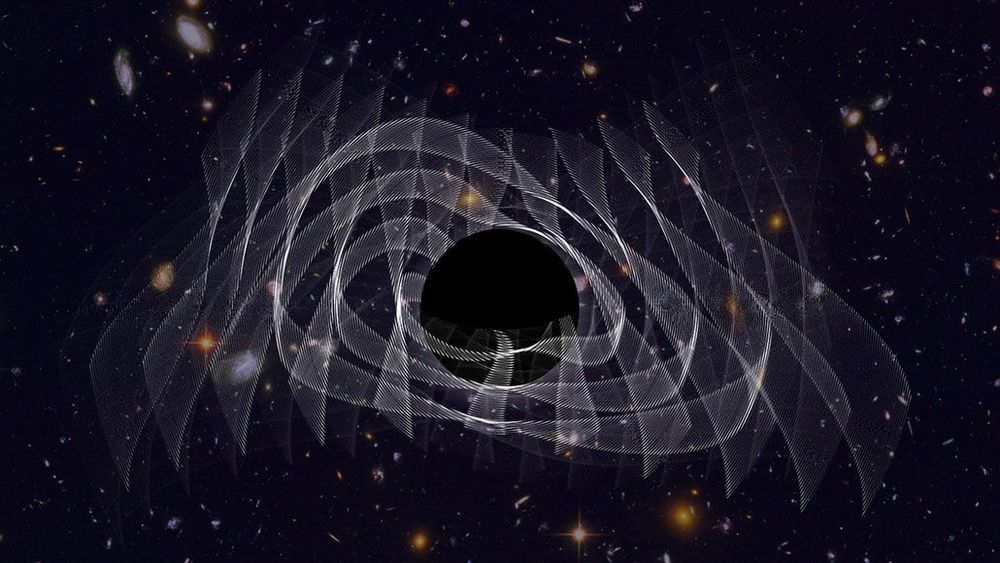
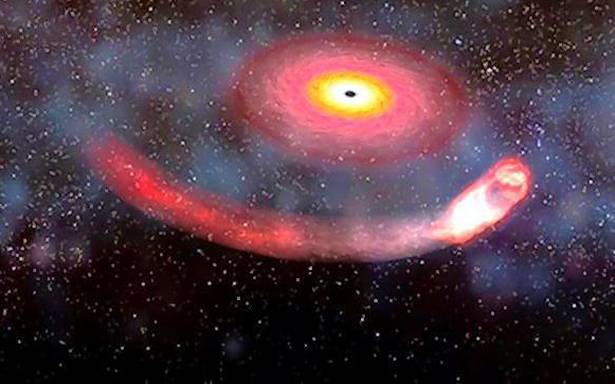
Researchers have, for the first time, detected the gravitational waves from a newly born black hole, and found that the ringing pattern of the waves predicts the cosmic body’s mass and spin, providing more evidence for Einstein’s General Theory of Relativity.
The study, published in the journal Physical Review Letters, increases the possibility that black holes exhibit only three observable properties – mass, spin, and electric charge.
All other properties, the study noted, could be swallowed up by the black hole itself, and are unobservable.

Circa 2013 o.o
Physicists have been able to stop something that has the greatest possible speed and that never really stops: light. A decade ago, physicists stopped it very for a short moment. In recent years, this extended towards stop times of a few seconds for simple light pulses in extremely cold gases and special crystals. But now the same researchers extended the possible duration and applications for freezing the motion of light considerably. The physicists stopped light for about one minute. They were also able to save images that were transferred by the light pulse into the crystal for a minute — a million times longer than previously possible.
Close.

Two University of Hawaii at Manoa researchers have identified and corrected a subtle error that was made when applying Einstein’s equations to model the growth of the universe.
Physicists usually assume that a cosmologically large system, such as the universe, is insensitive to details of the small systems contained within it. Kevin Croker, a postdoctoral research fellow in the Department of Physics and Astronomy, and Joel Weiner, a faculty member in the Department of Mathematics, have shown that this assumption can fail for the compact objects that remain after the collapse and explosion of very large stars.
“For 80 years, we’ve generally operated under the assumption that the universe, in broad strokes, was not affected by the particular details of any small region,” said Croker. “It is now clear that general relativity can observably connect collapsed stars—regions the size of Honolulu—to the behavior of the universe as a whole, over a thousand billion billion times larger.”
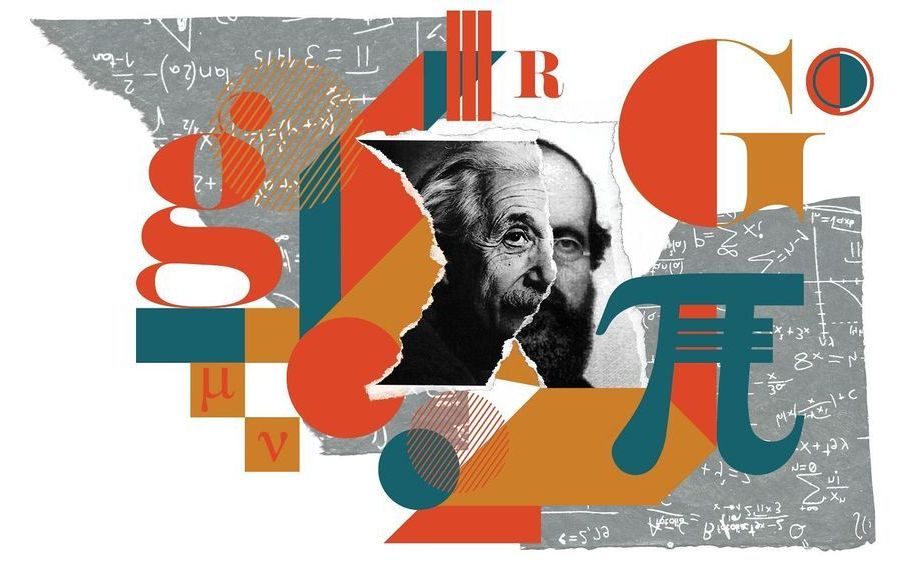

Scientists measure precise proton radius to help resolve decade-old puzzle, resulting in York University research that confirms protons are smaller than expected.
York University researchers have made a precise measurement of the size of the proton – a crucial step towards solving a mystery that has preoccupied scientists around the world for the past decade.
Scientists thought they knew the size of the proton, but that changed in 2010 when a team of physicists measured the proton-radius value to be four percent smaller than expected, which confused the scientific community. Since then, the world’s physicists have been scrambling to resolve the proton-radius puzzle – the inconsistency between these two proton-radius values. This puzzle is an important unsolved problem in fundamental physics today.
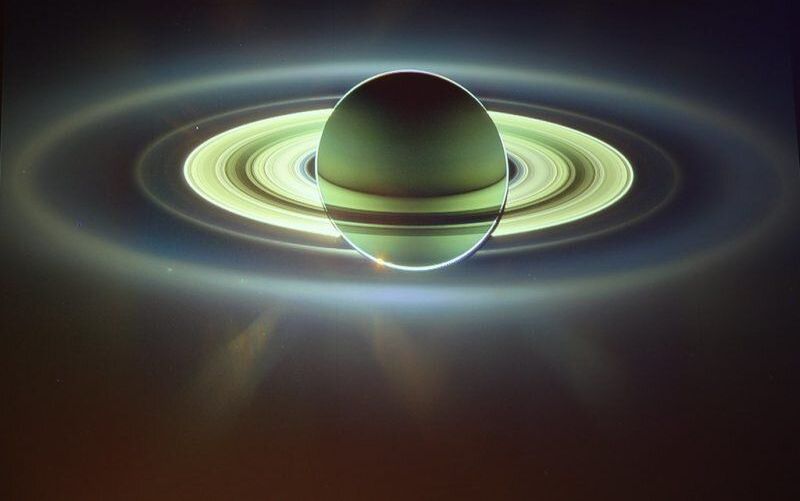
Saturn may be doing a little electromagnetic shimmy and twist which has been throwing off attempts by scientists to determine how long it takes for the planet to rotate on its axis, according to a new study.
Discovering the length of a day on any planet seems like a straightforward task: Find some feature on the planet and clock it as it rotates around once. Or, if it’s a gas giant like Jupiter, which has no solid surface features, scientists can listen for periodic modulations in the intensity of radio signals created within the planet’s rotating magnetic field.
And then there is Saturn, which for decades has defied attempts to pin down out its exact rotation period. Now a new study in AGU’s Journal of Geophysical Research: Space Physics may have finally unveiled the gas giant’s trick for hiding its rotation, and provide the key to giving up its secret.
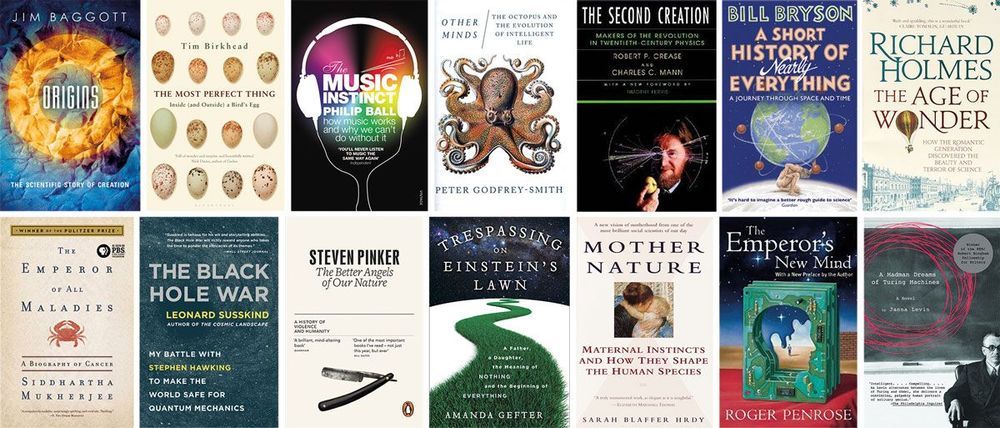
To compile the ultimate science reading list, Tushna Commissariat talks to some of today’s top physicists, writers and broadcasters.
“What an astonishing thing a book is. It’s a flat object made from a tree with flexible parts on which are imprinted lots of funny dark squiggles. But one glance at it and you’re inside the mind of another person, maybe somebody dead for thousands of years. Across the millennia, an author is speaking clearly and silently inside your head, directly to you.”
Astronomer, science communicator and author Carl Sagan always had a way with words, and it’s no surprise that he sums up so well the magic of books and writing. From the very first issue of Physics World, this magazine has featured a vibrant reviews section, in which we look at some of the most interesting physics literature being published.